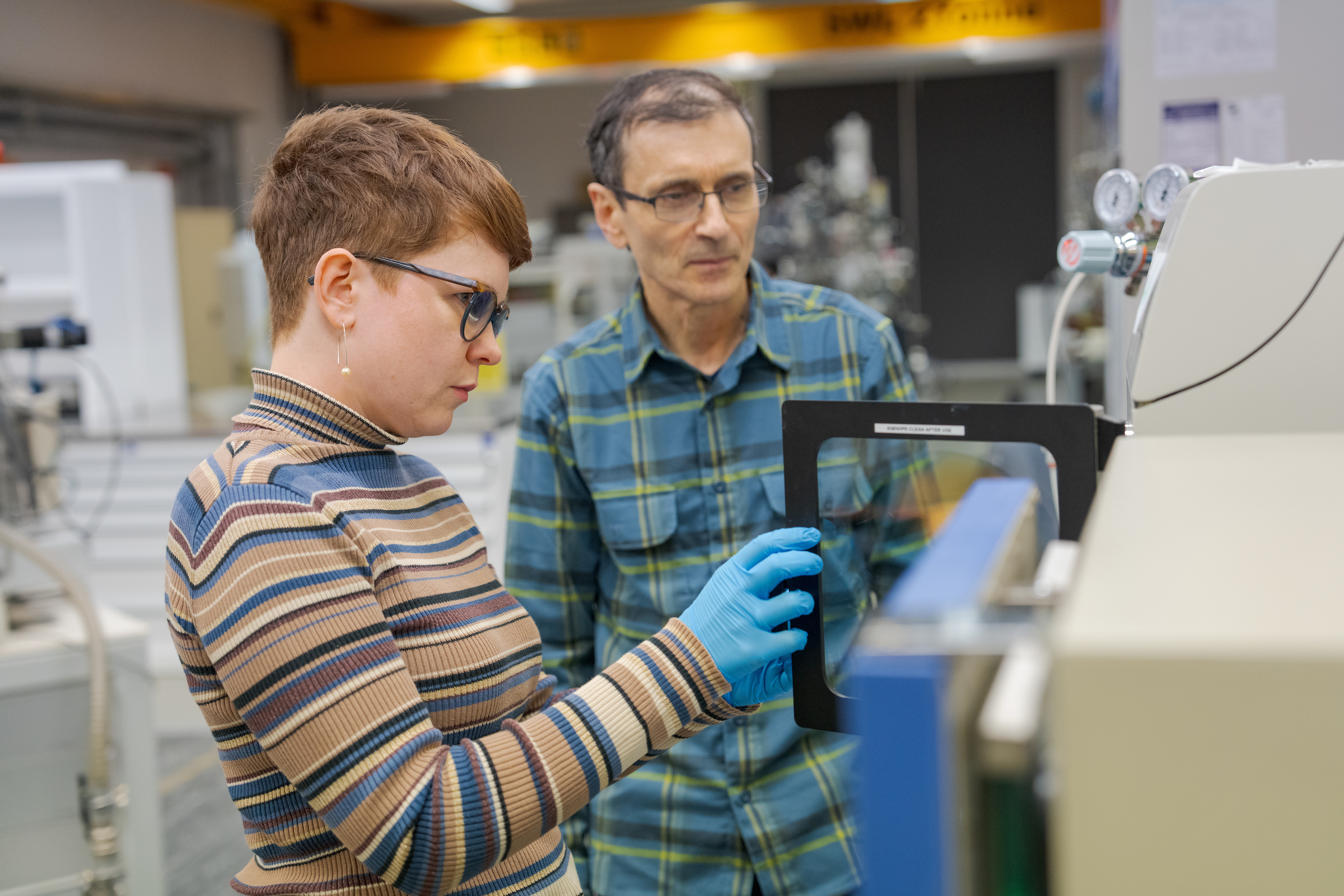
Research projects
Below we list current research topics in RSES, with links to relevant researchers, supervisors and research groups.
Displaying 61 - 75 of 145 project(s).
This project uses state-of-the-art computational tools to calculate seismic waveforms for large tsunamigenic earthquakes. It will assess how critical is the effect of 3D seismic velocity structure in determining earthquake parameters like focal mechanism and rupture area, which are crucial for improved tsunami warning.
Free oscillations (also called normal modes) are vibrational patterns of the Earth. Normal modes sense the long-wavelength structures of Earth’s interior depending on the type and mode of vibration. For example, 13S2, a spheroidal mode with radial order 13 and angular order 2, samples the Earth along its radius...
Moment tensors in seismology provide a theoretical framework to understand physical mechanisms of earthquakes (how they are generated in their source); in fact, apart from tectonic and volcanic earthquakes, the same framework is used to characterise explosions, landslides, meteorite impacts and other phenomena.
science Research area
People
- Dr Babak Hejrani, Supervisor
- Dr Thanh-Son Pham, Researcher
- Professor Hrvoje Tkalčić, Supervisor
- Professor Hrvoje Tkalčić, Principal investigator
This project will investigate the submerged fossil coral reefs in the Great Barrier Reef (GBR) and determine the nature and mechanisms responsible for abrupt sea-level rise, climate variability (ie. paleo-ENSO) and geo-biological changes affecting the GBR over the last 20,000 years. We build directly on the already...
Diatoms are an important primary producer group and currently account for 40% of global primary production. The sequestration of carbon into the deep ocean by diatoms makes them key players in the modulation of atmospheric CO2 levels and global climate.
There is growing evidence from both laboratory and...
Until recently, the non-dispersive shallow water wave equation has generally been thought to be adequate for modeling of deep-ocean tsunamis. Even though dispersion is obvious at trans oceanic distances, the effects on maximum tsunami height are small, and since height is normally a good criterion on which to base...
Nature of Project(s):
In situ analysis of petrologic materials with the SHRIMP ion microprobes.
Isotopic analyses of geologic materials using chemical separation methods and thermal ionization mass spectrometry (TIMS) or plasma source mass spectrometry (ICPMS)
Essential...
Distributed acoustic sensing (DAS) is an emerging passive seismic technique that converts telecommunication fibre-optic cables (dark fibres) into thousands of ground motion sensors. This project aims to harness DAS and the big data arising from it to develop unprecedented high-resolution images of the Earth's structure
Distributed acoustic sensing (DAS) is an emerging passive seismic technique that converts telecommunication fibre-optic cables (dark fibres) into thousands of ground motion sensors. This project aims to harness DAS and the big data arising from it to develop unprecedented high-resolution images of the Earth's structure
The isotopic composition of oxygen in the solar system is widely variable. On a three-isotope plot of 17O/16O vs 18O/16O there is a linear trend indicating that the predominant variable is the abundance of 16O. Relative to terrestrial compositions, refractory...
science Research area
The ability to detect monthly mass changes through space-geodetic missions provides the capability to assess changes in the ice sheets of Antarctica and Greenland. Decreases in mass imply that the cryosphere is melting and increasing the volume of the oceans whereas increases in mass imply increased precipitation...
Earth’s internal structure and processes, which cannot be observed directly, must be inferred from data that can be collected at (or above) Earth’s surface. Our research in Mathematical Geophysics at ANU attempts to address the question of `How to do this?' `How robust are the results? '.
Over the past decade, the Antarctic and Greenland Ice Sheets have been loosing its mass at an alarming rate. Antarctic ice-shelves are melting by turbulent transport of heat and salt to the ice face, predominantly under the influence of warmer Circumpolar Deep Water entering ice shelf cavities from the surrounding...
science Research area
Group
People
- Dr Callum Shakespeare, Principal investigator
- Dr Kial Stewart, Principal investigator
- Jim Sweetman, Researcher
We are measuring the amount of mixing that occurs when two fluids of different density exchange in opposite directions through a constriction or over a sill. Such exchange flows commonly occur through ocean straits and over bottom sills. The constrictions control the rate of transport of water into or out of...
Pore-water within a basin flows in response to supply, extraction, topography, and imposed pressure gradients. Changes to these parameters in complex, tectonically active basins require complex, 3D, coupled models to understand. This project is concerned with developing, testing and applying such models.
science Research area
People
- Dr Romain Beucher, Supervisor
- Professor Louis Moresi, Supervisor
- Professor Louis Moresi, Principal investigator
